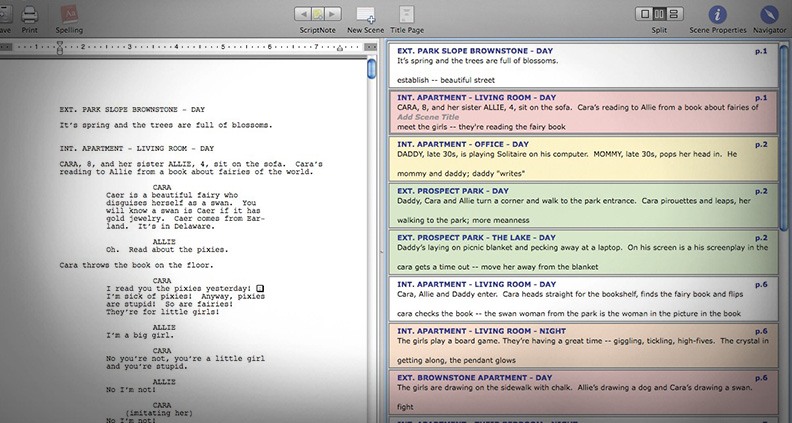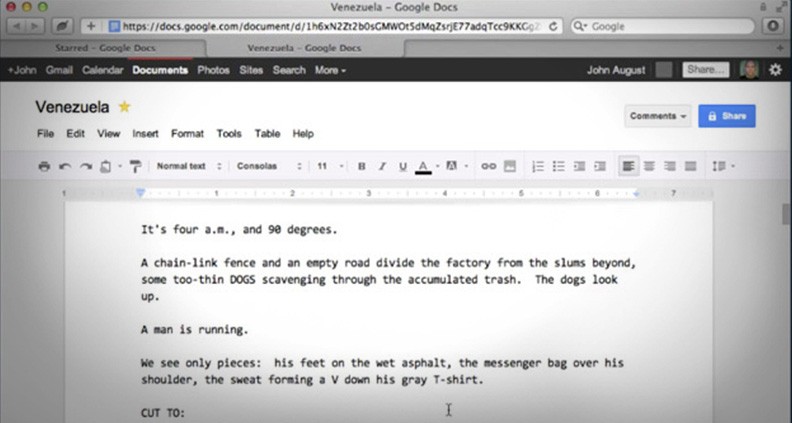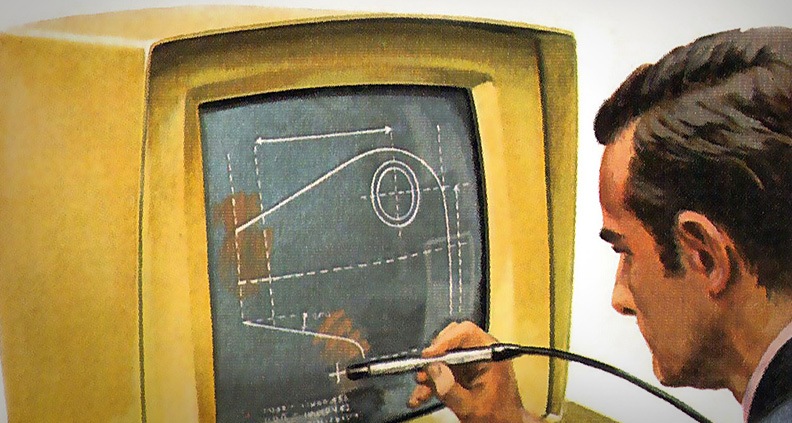Hacking Film: Writing Screenplays in Final Draft, Markdown and Beyond…
For a quarter-century, the film industry has used one program to write, notate and exchange screenplays using the computer: Final Draft. But let’s say you want to use some other program. What are the alternatives?
Each day you spend hours and hours inside text editors: composing your iMessages; snarking on Facebook and Twitter; leaving comments underneath this very blog, etc. You probably use MS Word and Pages for work documents. And if you work in the film and television industry—or hope to work in the industry, or imagine that you already do—then your prime text editor is called Final Draft, aka the stalwart software solution for screenwriters for 25+ years.
Every film begins its life in a text editor because all filmmaking starts as words. And while you may start out with a bunch of notecards, marked-up legal pads and hasty pencil sketches scrawled on a diner napkin, you’ll eventually finish your project using a text editor (except for the hardcore scribes out there anachronistically banging out words on a typewriter and keeping it real.) And while there are other screenwriting apps out there, the app the film industry uses by and large is Final Draft, which means it’s where you eventually land.

Before Final Draft, screenwriters wrote scripts using general word-processing text editors and handled all of the formatting manually. To be clear, this wasn’t really a horrible thing to have to do. Hey, at least there were still computers.
But since 1995, the Calabasas-based company Final Draft has been offering a text editor for Mac and Windows that let users write screenplays without having to worry about formatting, while packing in plenty of interesting tools to help navigate and manage characters, scenes and—most importantly—revisions.
ENTER MARKDOWN

However! In the event that you don’t have your trusty laptop loaded with Final Draft handy and you’re smacked in the head with screenwriting inspiration, you can still compose your screenplay on any text editor and have it automatically appear in screenplay form in Final Draft. All thanks to a resourceful band of screenwriters and software developers.
A few years ago, popular screenwriter and podcast host John August created an open screenwriting syntax called Fountain. That project was eventually expanded by Stu Maschwitz into Screenplay Markdown (SPMD).
A “syntax” is not an app or language or anything really, other than a set of rules to follow when you write in any text editor, from Text to MS Word. The rules are simple: all scene headings start with “INT.” or “EXT.,” character names are written in all caps, and so on. You know—standard screenplay stuff.
These are the simple rules of screenplay formatting. If you write your document using these rules—this screenplay markdown syntax—then a specialized text editor like interprets the text and reproduces the document as a properly formatted screenplay. Just write into any text editor using this syntax, and then import into one of the growing number of SPMD-centric editors like Highland or Slugline.
If you want to move your script into Final Draft, you can export it from as an FDX for Final Draft users. Or compose your script inside Slugline and export it to Highland for a FDX output.
WHY DOES THIS MATTER?

A digital version of a screenplay does a lot of work. Having your script as a text document that can be easily read and modified by any text editor makes it more accessible. Trust me: in five years you’re going to want to be able to open up something you wrote today, in 2018, and not have to worry because you don’t have a specific single application installed on your computer.
The larger reason why this matters is that the screenplay document—the foundation that all of filmmaking is built on top of—has to become more elastic. It’s not something to be printed out, with various pages in different colors to denote changes and revisions.
And it’s not something that can exist simply as a PDF. The tools we currently have aren’t enough to meet the needs of the next decade. As film equipment and editing becomes sleeker and more reactive, it only makes sense that our screenwriting software should continue to evolve apace with the rest of the industry, especially as screenplays are repurposed for VR projects, TV spinoffs, digital series and other social media projects.
Finally, after 25 years, screenwriters have a bunch of new tools to compose screenplays on whatever device they have at hand. All of them play well with the reigning industry app, Final Draft, while offering innovative and interesting methods for writing whenever and where ever inspiration strikes.
Learn more about the evolution of filmmaking tech, including where we might be headed next, by checking out more of Eric Escobar’s Hacking Film series.
To learn more about Film Independent, subscribe to our YouTube channel. Be our friend on Twitter, Instagram and Facebook. To learn how to become a Member of Film Independent just click here.
